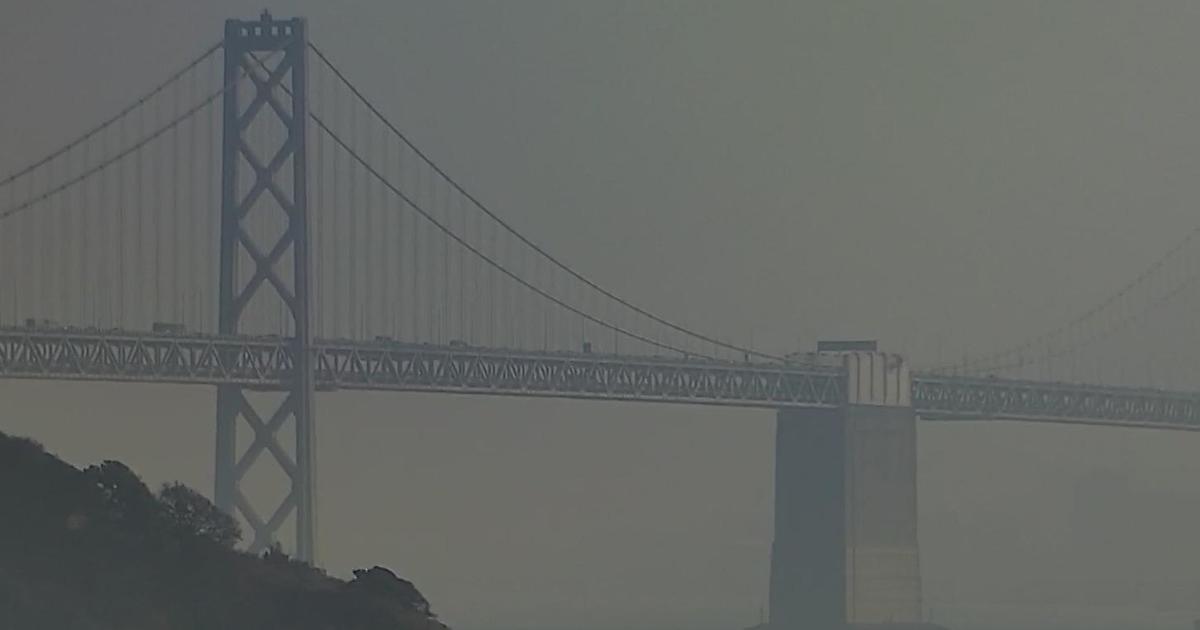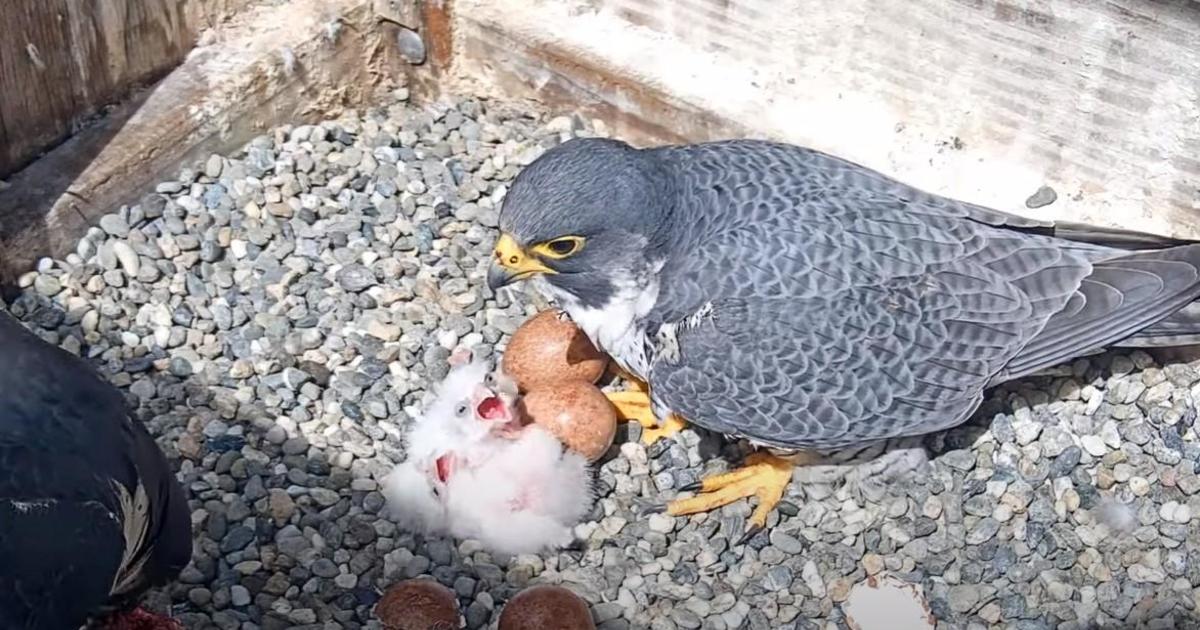State's Snowpack at Only 38% of Average as California Drought Deepens
SACRAMENTO (AP/CBS SF) — California is experiencing one of the driest starts to spring in decades, data showed Friday, and absent a heavy dose of April and May showers the state's drought will deepen and that could lead to stricter rules on water use and another devastating wildfire season.
New readings showed the water in California's mountain snowpack sat at 38% of average. That's the lowest mark since the end of the last drought in 2015 and only the third time since 1988 that it's been that low.
About a third of California's water supply comes from the snow as it melts and trickles into rivers and reservoirs. April 1 is when the snowpack typically is at its peak and the date is used as a benchmark to predict the state's water supply in the drier, hotter spring and summer months.
There's about 11 inches (28 centimeters) worth of water sitting in snow in the Sierra Nevada along California's eastern edge, according to the state Department of Water Resources. It's the lowest reading since the depth of the last drought seven years ago, when California ended winter with just 5% of the normal water levels in the mountains.
The measurements showed there was even less snow than we had last year.
"You need no more evidence than standing here on this very dry landscape, to understand some of the challenges we are facing here in California," said Director of the California Department of Water Resources Karla Nemeth.
One by one, they went to each of the seven traditional survey spots. Luckily, one of them actually had some snow to measure.
"We should be standing on almost 5 feet of snow, which is right where this orange tape is," said DWR's survey director Sean de Guzman. He pointed to the five-foot mark on a measuring pole. "Our feet should be on top of this."
For one specific site, just 4% of the average snowpack was measured. The peak snowpack was back in mid January. The first three months of this year were the driest on record dating back over 100 years. California's drought is intensifying.
"What we see here today is actually very evocative of 2015 which was California's last big drought," Nemeth said.
The numbers mark a disappointing end to California's winter, which began with heavy December storms that put the snowpack at 160% of the average. But there has been little precipitation since Jan. 1.
A storm that brought significant rain and snow to parts of the state earlier this week did little to change the course of the drought. And warmer than usual temperatures have led to the snow melting and evaporating faster than normal, state officials said.
"The reality is, this is the third year of a drought, or the 20th year of a drought," said Dr. Peter Gleick of the Pacifier Institute.
Gleick says the bad news is only beginning. The snowpack isn't just smaller than normal, it's competing with a climate that will make what is there even less productive.
"It's not going to melt and runoff the way we hoped," Gleick explained. "Even that little bit of snow, a lot of it is going to sublimate. That is, it's going to evaporate right off into the atmosphere and it's never going to be used or be useful for us. It's another indication of how bad the drought is and how bad climate change is starting to hurt us."
So just as many of California's reservoirs are starting the year below average, what is effectively the state's largest water reserve is depleted as well.
"What happens in the Sierras happens in the East Bay," Gleick said.
A lot of the Bay Area and California drinks Sierra runoff and it won't be long before these problems start to flow downhill.
"At the local level, we may really see some mandatory water restrictions in place by the summertime," Nemeth said.
Nearly all of California and much of the U.S. West is in severe to extreme drought, according to the U.S. Drought Monitor. Last July, California Gov. Gavin Newsom asked people to cut their water use by 15% compared to 2020 levels but so far consumption is down just 6%.
The persistence of the drought has prompted state officials to call on cities and other local water suppliers to step up their conservation plans. Local governments may act by further restricting when people can water their lawns and wash cars, limit the use of water for decorative or ornamental purposes and step up enforcement against people who let sprinklers run onto sidewalks or engage in other wasteful behavior.
Earlier this week, Newsom called for additional conservation by issuing a new executive order.
In the executive order, Newsom called for local water suppliers to move to Level 2 of their water shortage contingency plans.
According to the governor's office, Level 2 would involve implementing conservation actions to prepare for a shortage of up to 20%. Measures that could be taken include reducing the number of days residents can water outdoors.
Newsom also ordered the State Water Resources Control Board to consider banning irrigation of so-called "non-functional" turf, which would include decorative grass next to large commercial and industrial buildings. According to the Department of Water Resources, the ban could lead to a potential savings of several hundred thousand acre-feet of water.
Officials stressed that the potential watering ban does not apply to residential lawns or turf in recreational areas, such as those at schools, sports fields and parks.
Wilson Walker contributed to this story.
© Copyright 2022 CBS Broadcasting Inc. All Rights Reserved. The Associated Press contributed to this report.




